
Vol. XXV, No. 8, July 2025 (2)
36 years and still going strong
by Randy White, CEO
I got my start in the real estate industry developing residential subdivisions and developing and managing several million square feet of shopping centers. I was fortunate to exit real estate development just before the recession caused by overbuilding and the 1986 tax law changes. During the recession, my partner and I specialized in evaluating troubled commercial real estate projects and developing turnaround strategies for our clients.
We lucked into the community-based entertainment industry in 1989 when we were hired by one of our real estate consultancy's clients to handle the redevelopment of his bowling alley after it burned down. We sent a 4-page questionnaire to all its league bowlers. Seventy percent of respondents returned the questionnaires without an incentive, a clear indication that we had loyal customers. The bowlers' profiles were completely different than the blue-collar profile our client told us - 85% were upper-middle-class, white-collar workers; 51% were women. We completely redesigned the bowling center, targeting the upscale socio-economic niche. Our work included full design and theming, food & beverage concept development, implementation of 'Charlie's Diner', project management, and management culture re-engineering.
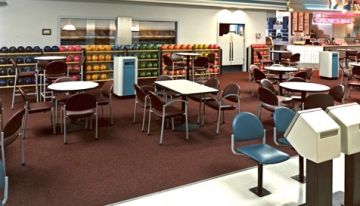
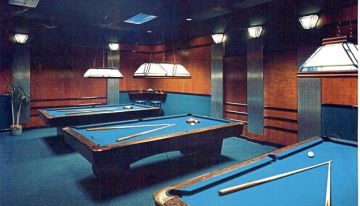
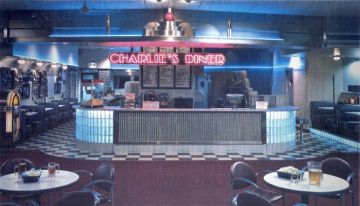
The new center broke most paradigms for bowling center design at the time, including:
- Elimination of settee seating and the use of comfortable cocktail-style table seating to maximize bowler socialization, comfort, and food and beverage sales
- Completely level floors with no step down to the approach area (this was pre-ADA design requirements)
- Bright light levels throughout
- Windows on the concourse
- Upscale nursery
- Upscale food service - Charlie's Diner
- Complete thematic design using an Art Deco theme
- Hourly per lane charges rather than per game charges
- The concept of guest service rather than customer service
When the bowling center reopened, its business immediately doubled, although nothing else in the marketplace had changed. The center commanded premium rates, its per-game food and beverage sales quadrupled, and it won national awards for:
- Best new bowling center
- Best billiards area
- Best commercial restrooms
- Best lounge/eatery
That project taught us two crucial lessons:
- The importance of matching the project, including its design, ambiance, and guest service, to its target market.
- The importance of offering quality food and beverages, not just a snack bar or concession. At the bowling alley, we replaced the snack bar with Charlie's Diner, offering quality food.
We quickly concluded that producing successful entertainment projects for owners was much more enjoyable and rewarding than meeting with bankers and explaining to them that the value of the real estate collateral for their mortgages was as low as one-third of the mortgage's balance. The bankers became rather upset when we explained this to them. We held a strategic planning session and decided to exit the real estate consultancy business and focus instead on consulting, design, and production of entertainment projects.
The timing was perfect, as it marked the beginning of the family entertainment center (FEC) industry, coinciding with the boom in the development of indoor facilities in the U.S. One thing led to another, and we soon found ourselves at the heart of the FEC and location-based entertainment (LBE) industry.
The bowling center introduced us to what is now called eatertainment -the concept that quality food and beverage, paired with quality presentation, can drive business as much as entertainment, if not more so. On every project we design and produce for clients, food and beverage play a key role. Our work with eatertainment has been featured on the Food Network and in Pizza Todaymagazine. It's a lesson we have never forgotten and has become even more critical to the success of location-based entertainment today.
In the 26 years since our inception in the industry, we have served over 600 clients, produced numerous innovative, award-winning, and successful projects, and assisted other clients with existing projects through renovations, additions, and business improvements. Our work has received recognition from the Food Network, The Wall Street Journal, Time Magazine, and numerous industry trade journals, and our projects have won 17 different first-place design awards.
As the FEC and LBE industry has evolved, we have been innovators, including the development of children's play and discovery (edutainment) centers, and the introduction of string duckpin bowling. Today, among our projects, we are working on the design and production of social gaming venues for our clients.
Here are just a few photos of projects we've designed for clients over the years.
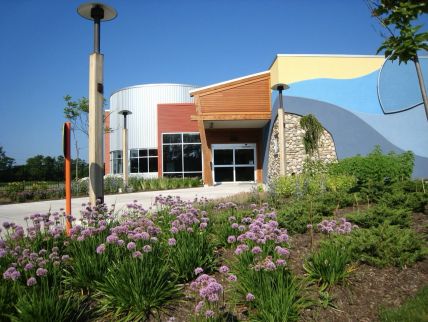
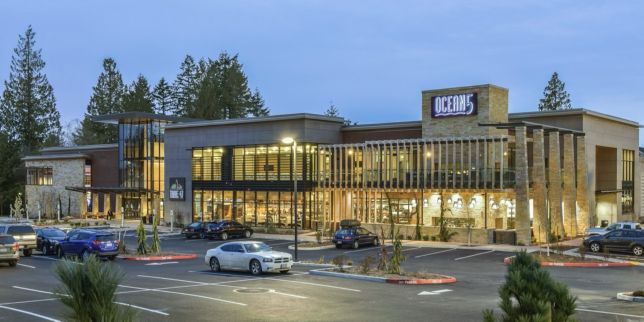
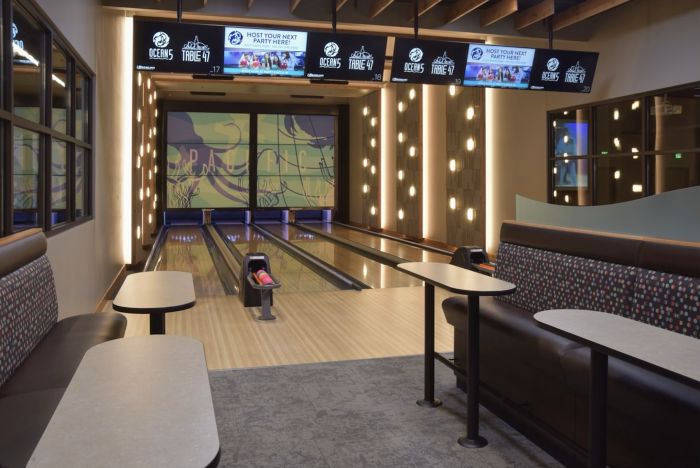
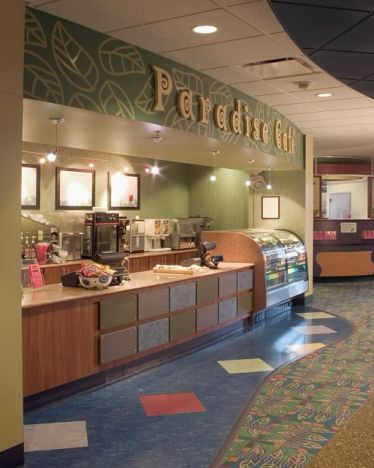
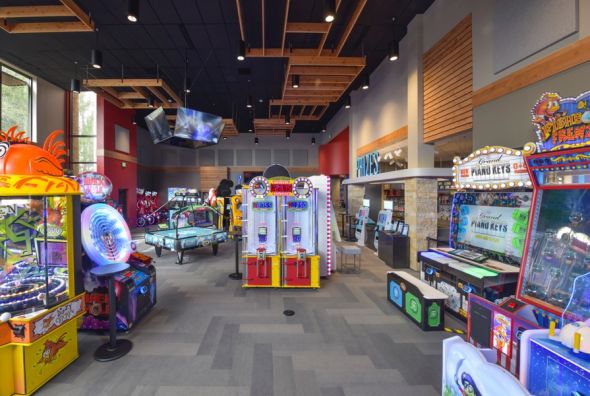
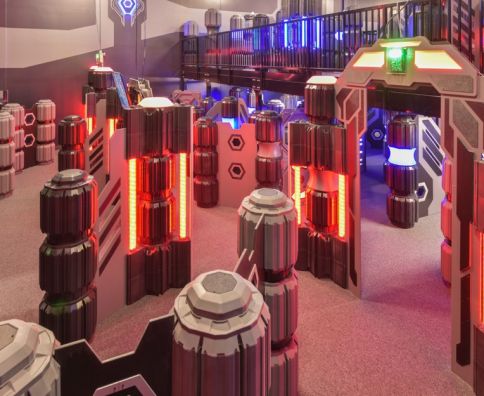
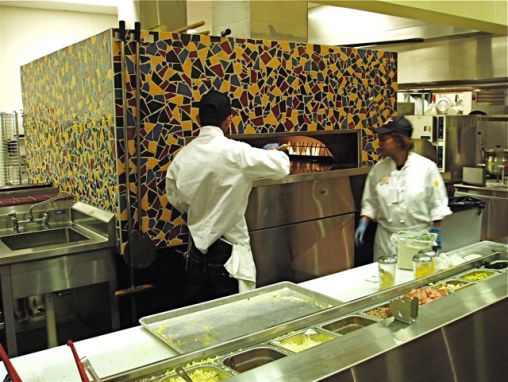
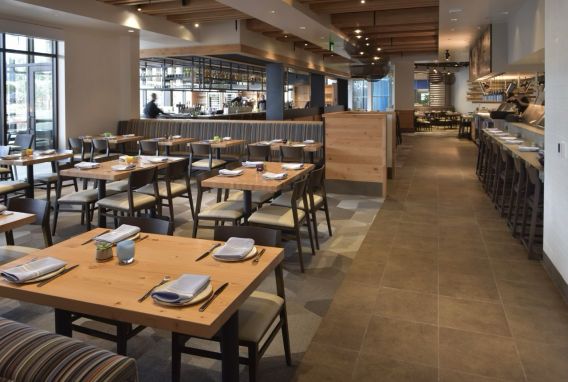
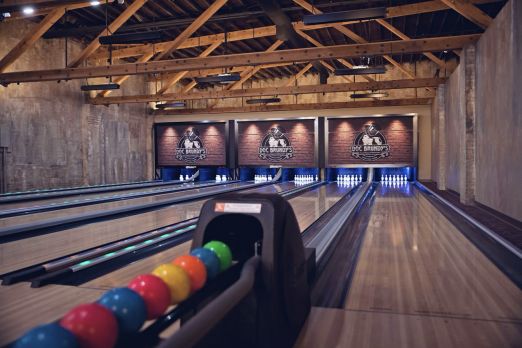

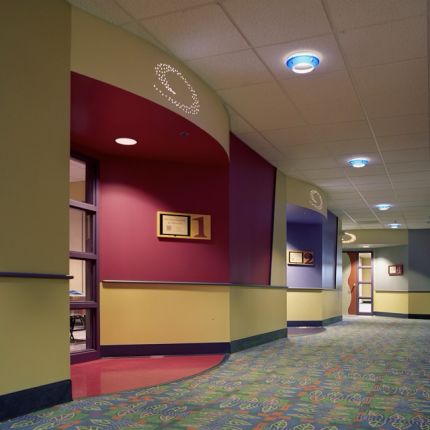
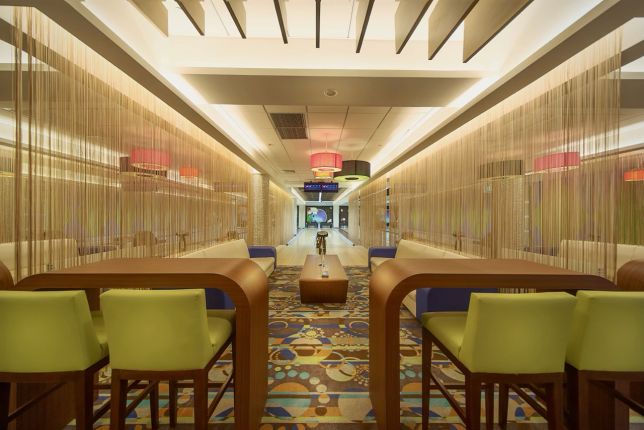
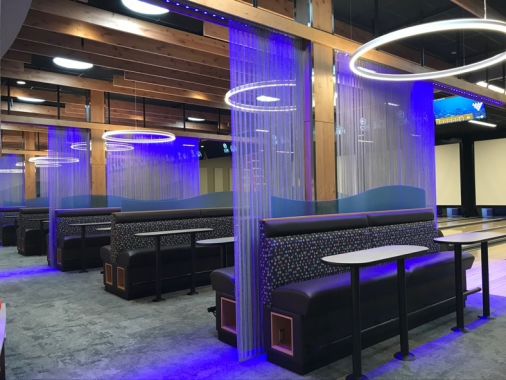
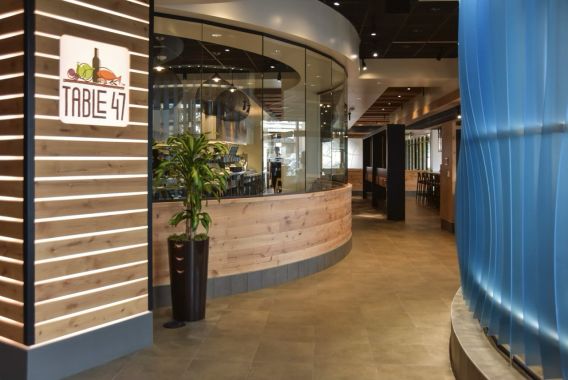
Subscribe to monthly Leisure eNewsletter


